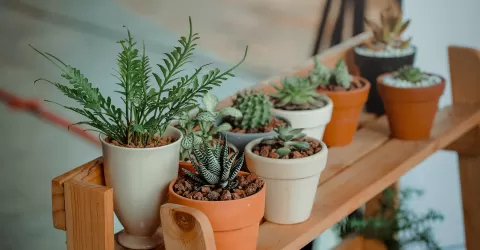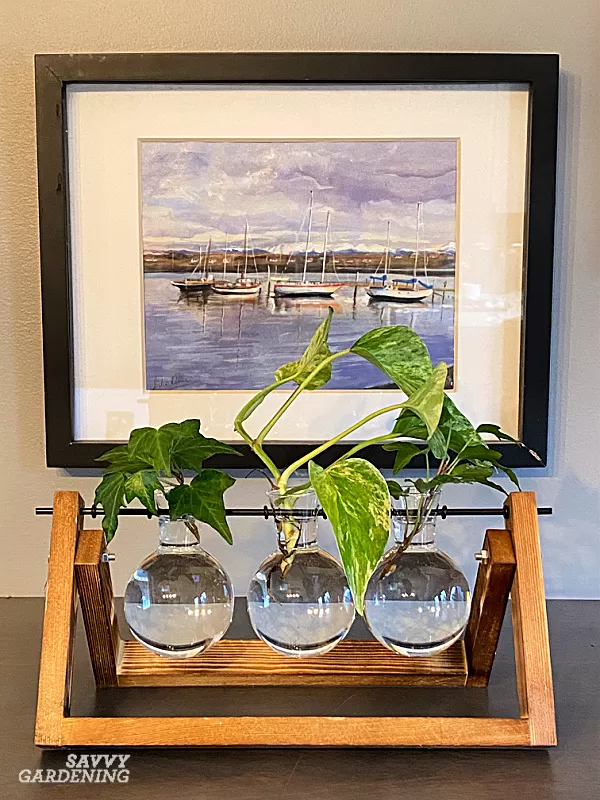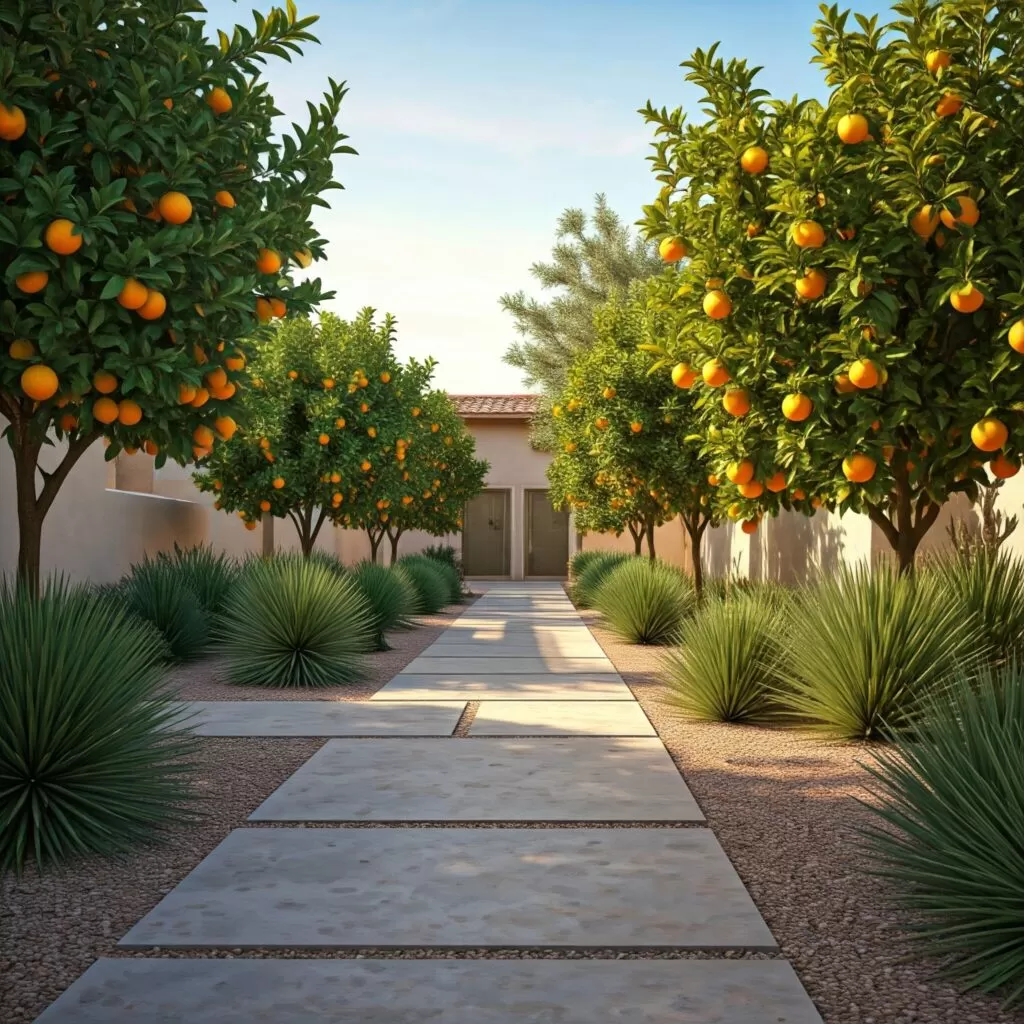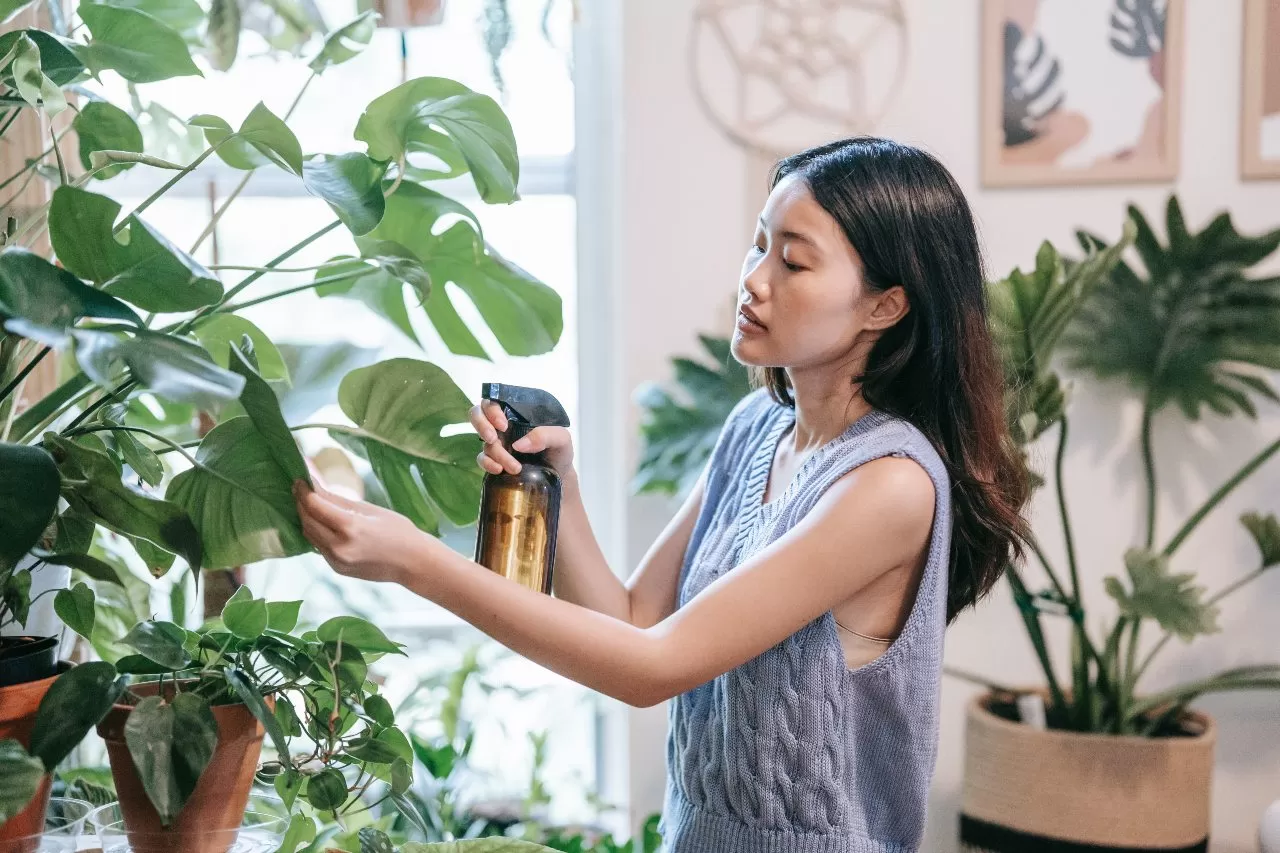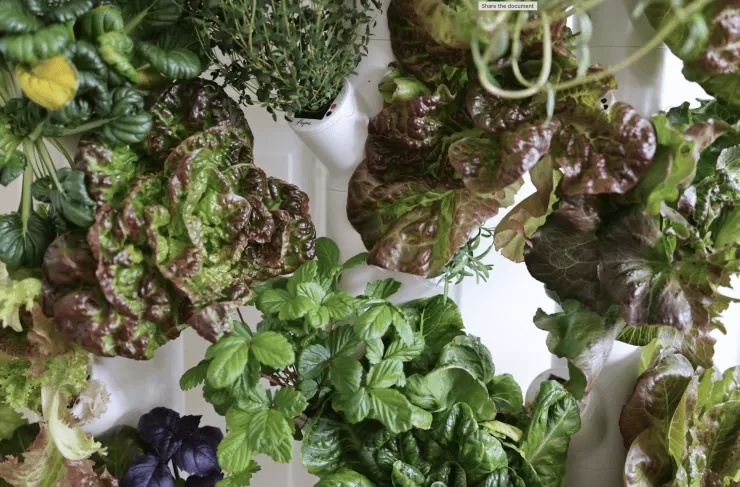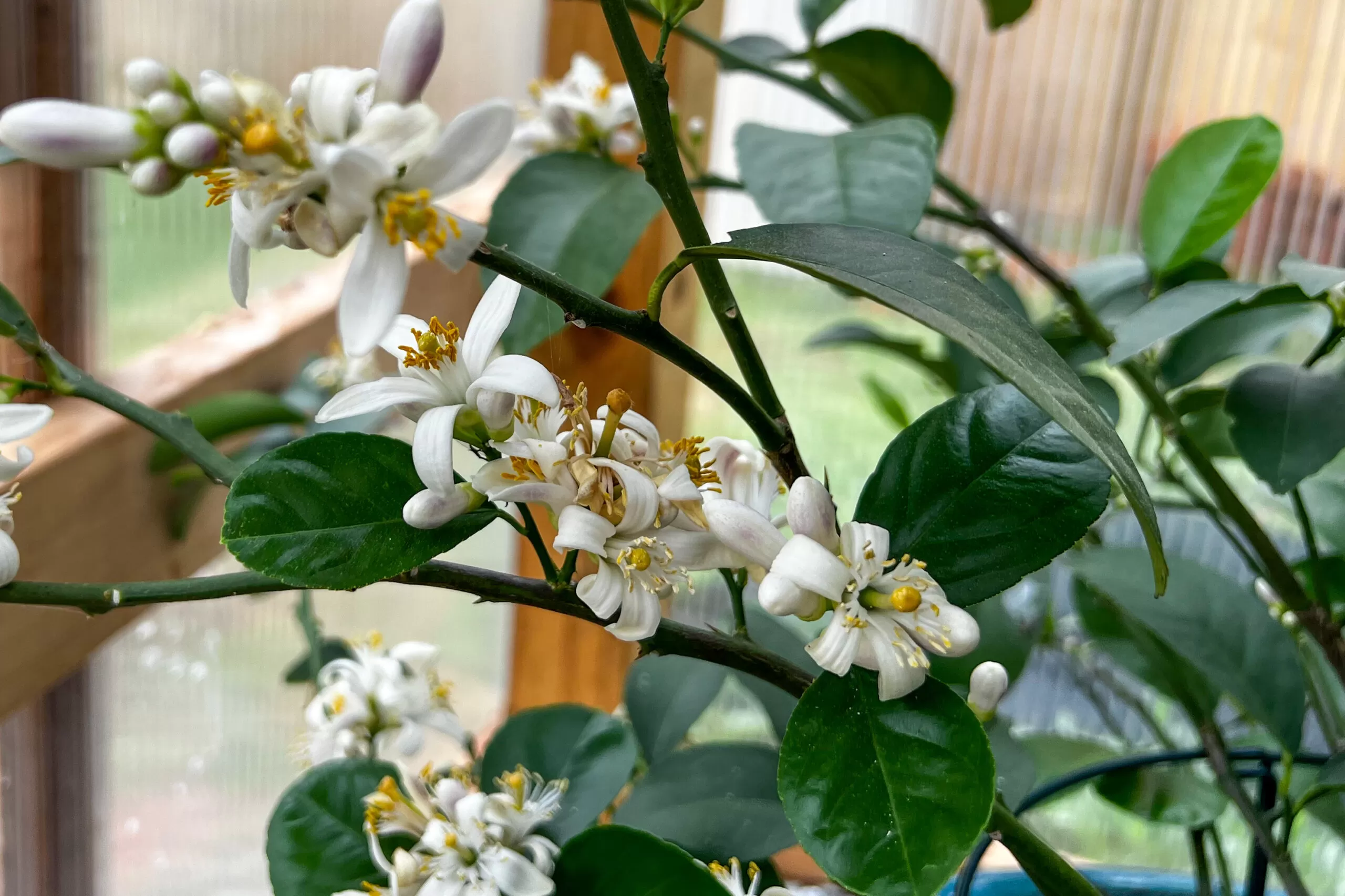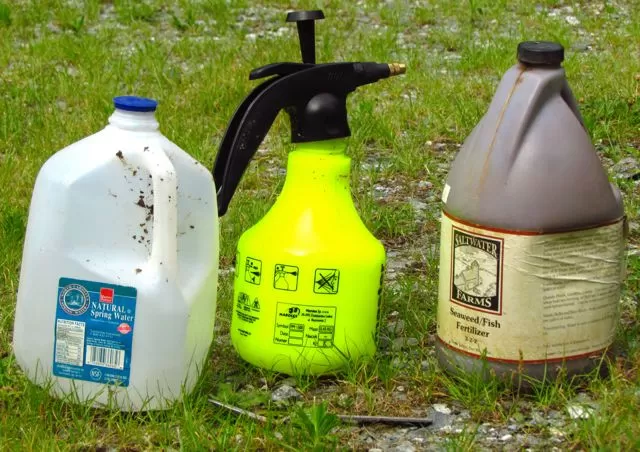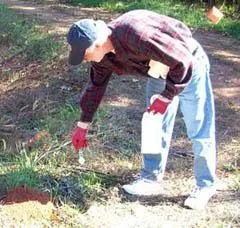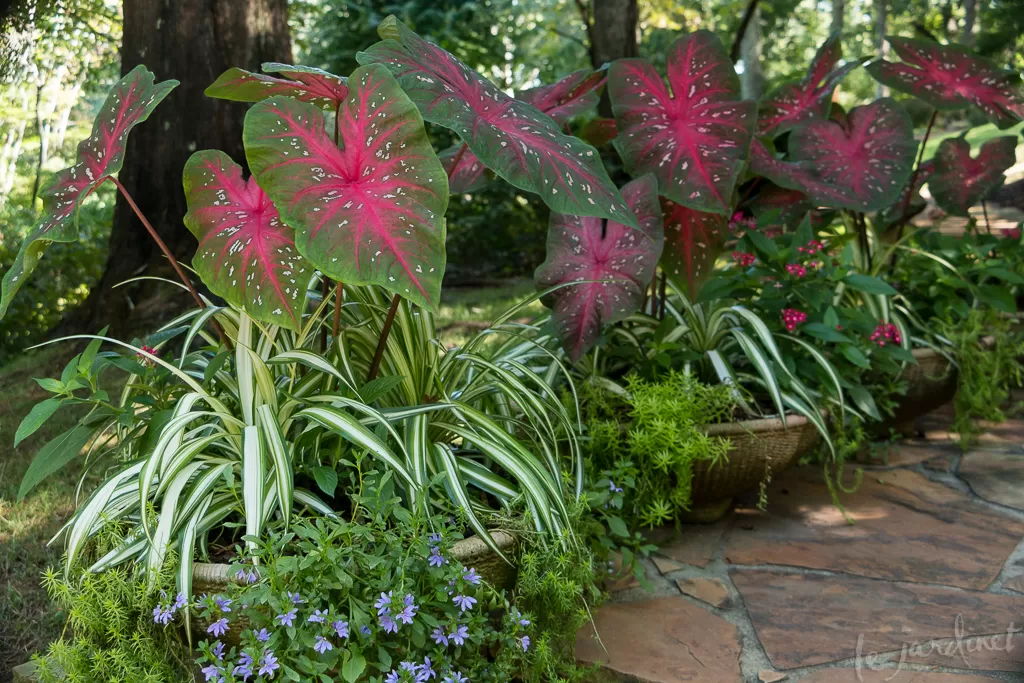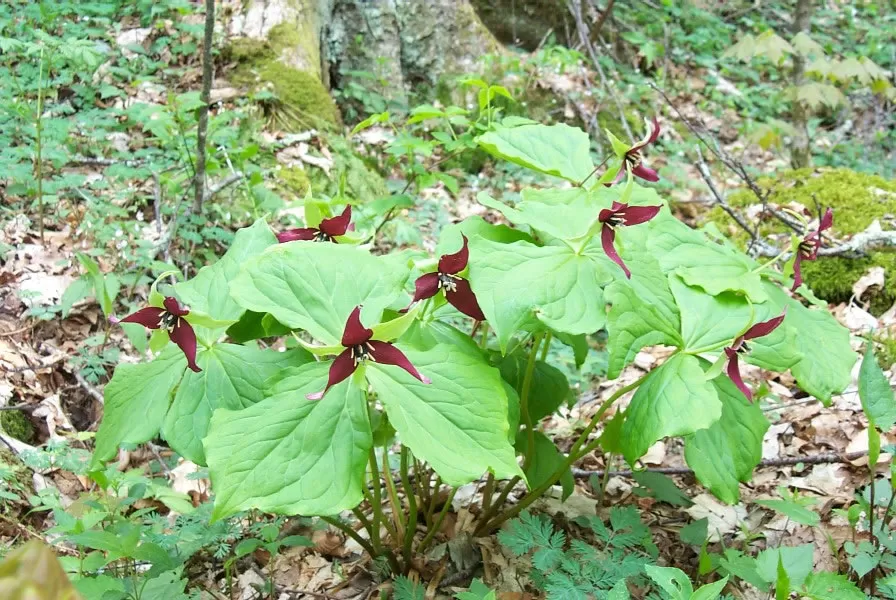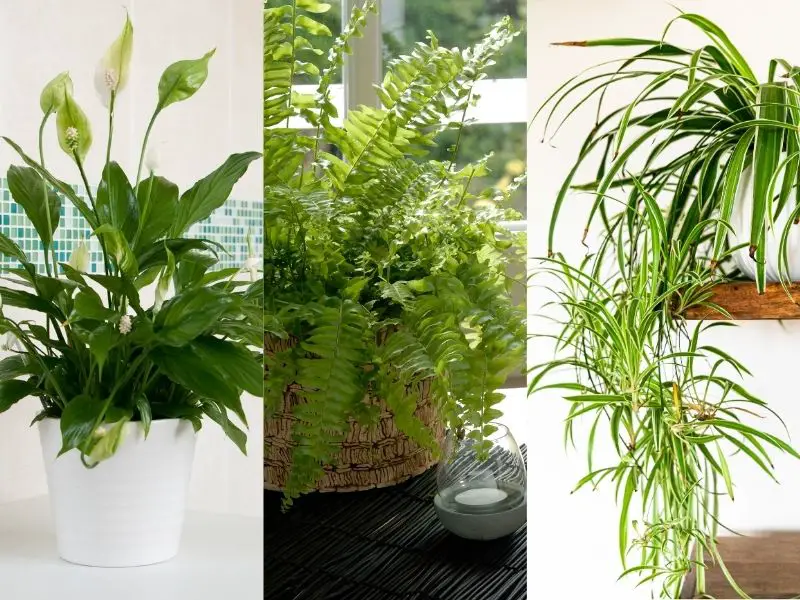- Urban gardening transforms city spaces into vibrant, productive green areas.
- It offers numerous benefits for health, the environment, and community building.
- From rooftops to windowsills, anyone can start an urban garden regardless of space.
- Global projects demonstrate the incredible potential of growing food and plants in cities.
City living often means limited space and concrete views, but what if you could cultivate your own patch of green right where you are? Urban gardening is turning metropolitan areas into thriving oases, proving that you don’t need acres to grow fresh food, beautiful flowers, or simply connect with nature. It’s a powerful movement gaining momentum worldwide, offering incredible benefits from improved well-being to boosting local biodiversity. Whether you have a tiny balcony, a sunny windowsill, or access to a shared community space, embracing urban gardening can transform your environment and your connection to the natural world.
Contents
- What is Urban Gardening?
- Why Embrace Urban Gardening? The Benefits Bloom
- Inspiring Urban Gardens from Around the World
- OrtiAlti: Milan’s Rooftop Revolution
- The High Line: NYC’s Elevated Oasis
- The Edible Bus Stop: London’s Green Commute
- The Urban Farm: Brussels’ Vacant Lot Revival
- The Guerrilla Gardeners: Agents of Green Change
- Starting Your Own Urban Garden
- Assess Your Space
- Choose Your Plants Wisely
- Containers and Soil
- Light and Water
- Start Small
- Cultivate Your City Space
What is Urban Gardening?
Beyond traditional farming, urban gardening is the art and science of cultivating plants within city limits. It’s about creatively utilizing available space – whether it’s a small pot on a porch, a series of containers on a patio, a full-scale rooftop farm, or even vertical structures on a wall. It takes many innovative forms: think vibrant rooftop gardens reaching for the sky, clever vertical gardens adorning walls, shared community gardens fostering neighborly connections, or even resourceful guerrilla gardening transforming neglected public corners. Essentially, it’s about reclaiming space and bringing life and greenery back into the built environment.
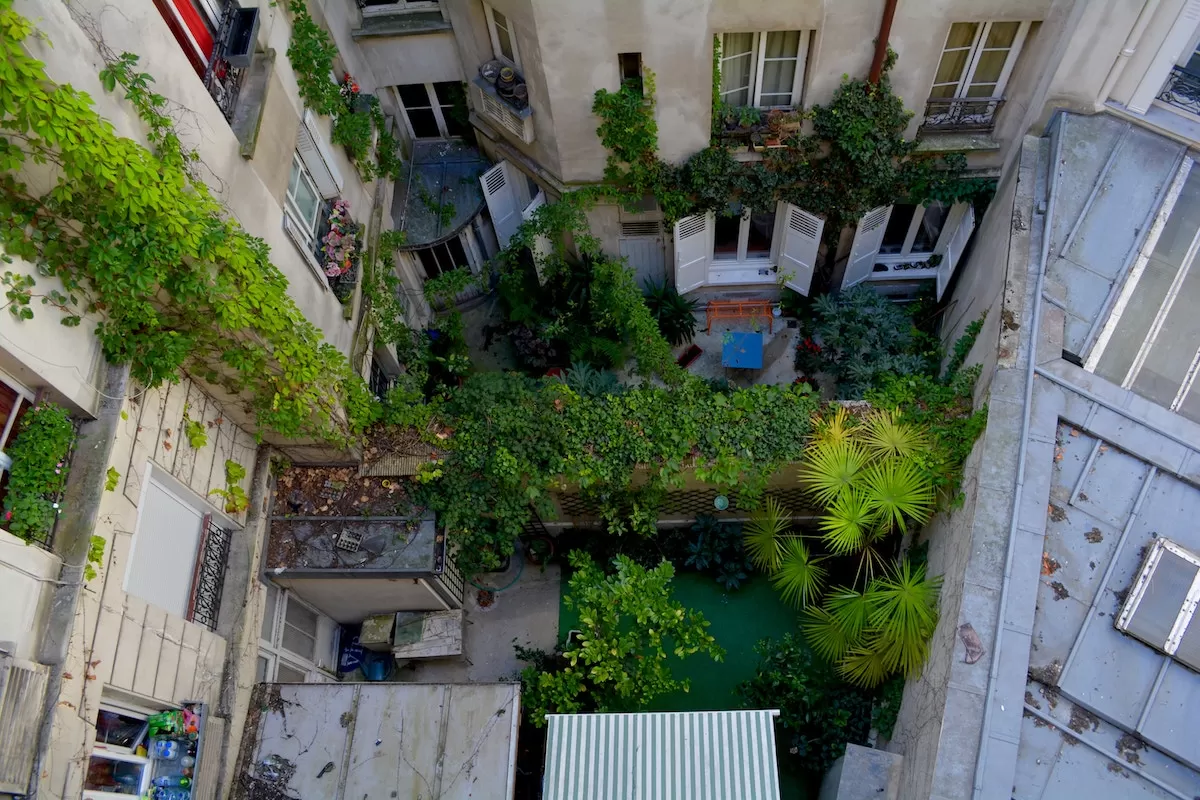 A vibrant rooftop garden in an urban setting, showcasing various plants and greenery thriving amidst city buildings, illustrating urban gardening potential.
A vibrant rooftop garden in an urban setting, showcasing various plants and greenery thriving amidst city buildings, illustrating urban gardening potential.
Why Embrace Urban Gardening? The Benefits Bloom
The appeal of urban gardening goes far beyond just having fresh herbs on your windowsill or a few flowers on your balcony. It’s a movement rooted in sustainability, health, and community. Here’s why more and more city dwellers are choosing to dig in:
- Fresh, Local Food: The most immediate benefit is growing your own fruits, vegetables, and herbs. This dramatically reduces “food miles,” cutting down on transportation emissions and ensuring you have the freshest produce possible right at your fingertips.
- Improved Well-being: Gardening is a therapeutic activity. Spending time outdoors (or even indoors with plants) reduces stress, improves mood, and provides a sense of accomplishment. It connects you with the cycles of nature, even in an urban setting.
- Enhanced Air Quality & Biodiversity: Plants act as natural air filters, absorbing pollutants and releasing oxygen. Urban gardens also create much-needed habitats and food sources for beneficial insects, birds, and pollinators like bees, boosting local biodiversity.
- Building Community: Community gardens are fantastic hubs for social interaction, shared learning, and strengthening neighborhood bonds. They provide a common goal and a space for people to connect.
- Sustainable Living: Growing your own food can reduce waste (less packaging!), conserve water (with smart container watering and mulching), and lessens reliance on large-scale, often resource-intensive agriculture.
- Beautifying Your Space: Transforming a drab balcony, a bare patio, or a simple windowsill into a lush, green sanctuary instantly improves your living environment and adds a touch of natural beauty.
Inspiring Urban Gardens from Around the World
The world is full of incredible examples proving that urban gardening can flourish anywhere, often in the most unexpected places. These initiatives show the power of vision, community, and green thinking to transform urban landscapes:
OrtiAlti: Milan’s Rooftop Revolution
Visionaries are pioneering innovative urban gardening solutions. Alessandro Vitale, an architect and urban designer, is a key figure in this space. His OrtiAlti project in Milan is a prime example, transforming overlooked rooftops into lush, productive farms. This initiative demonstrates how underutilized city space can be repurposed to create local food sources, improve air quality, and contribute to urban regeneration.
The High Line: NYC’s Elevated Oasis
New York City’s High Line is perhaps one of the most famous urban gardening examples globally. This elevated public park, built on a historic freight rail line, is a stunning demonstration of how derelict infrastructure can be reborn as a vibrant green public space. Featuring diverse plant life and offering unique city views, it has become a beloved destination and a catalyst for green development.
The Edible Bus Stop: London’s Green Commute
In London, The Edible Bus Stop project shows the power of community-led urban gardening. By transforming disused spaces around bus stops and other public areas into productive gardens, they not only beautify the urban environment but also provide fresh produce and encourage neighbors to connect, collaborate, and engage with their surroundings.
The Urban Farm: Brussels’ Vacant Lot Revival
Brussels features The Urban Farm, an initiative focused on transforming empty, forgotten lots into flourishing urban gardening sites. This project brings fresh, affordable food closer to the community and creates much-needed green pockets within the urban fabric, showing how neglected land can become a source of sustenance and beauty.
The Guerrilla Gardeners: Agents of Green Change
Sometimes, urban gardening takes a more spontaneous, even activist, form. Guerrilla gardening involves planting on neglected land the gardener doesn’t legally own, often to beautify areas, improve soil, or make a statement about unused space. It’s a worldwide grassroots movement demonstrating the deep-seated desire for green spaces can bloom anywhere there’s a will to plant.
Starting Your Own Urban Garden
Feeling inspired to start your own green project? Beginning your urban gardening journey is more accessible than you might think, no matter how little space you have.
Assess Your Space
Look at your balcony, patio, windowsill, rooftop, or even just a sunny indoor spot. How much space do you have? How much sunlight does it get throughout the day? This will determine what you can realistically grow.
Choose Your Plants Wisely
Select plants that are well-suited for containers or limited space. Herbs (basil, mint, parsley), leafy greens (lettuce, spinach, kale), bush varieties of tomatoes, peppers, radishes, and strawberries are often excellent choices for beginners. Consider the light your space receives and pick plants that match those conditions (full sun, partial shade, etc.).
Containers and Soil
Almost anything can be a container, as long as it has drainage holes! Terra cotta, plastic pots, fabric bags, or repurposed items can all work. Use a high-quality potting mix designed for containers, as garden soil can compact too much in pots.
Light and Water
Sunlight is crucial for most edible plants. Observe your space to understand its light exposure. Watering is key – plants in containers dry out faster than those in the ground. Check the soil moisture regularly and water consistently, especially during warm weather.
Start Small
Don’t feel pressured to create a massive garden overnight. Begin with just a few favorite herbs or a single tomato plant. Learn as you go, understand the needs of your first plants, and gradually expand your urban oasis as your confidence grows.
Cultivate Your City Space
Urban gardening is more than just a trend; it’s a transformative practice bringing nature, health, and community back into our cities. From small balcony pots to large-scale rooftop farms, the possibilities are endless for turning grey spaces green and enjoying the fruits (and vegetables, and flowers!) of your labor. Ready to dig in? Explore more gardening tips, plant guides, and inspiration on Thelittle.garden and join the growing movement making cities bloom! Share your own urban garden stories and tips in the comments below!


